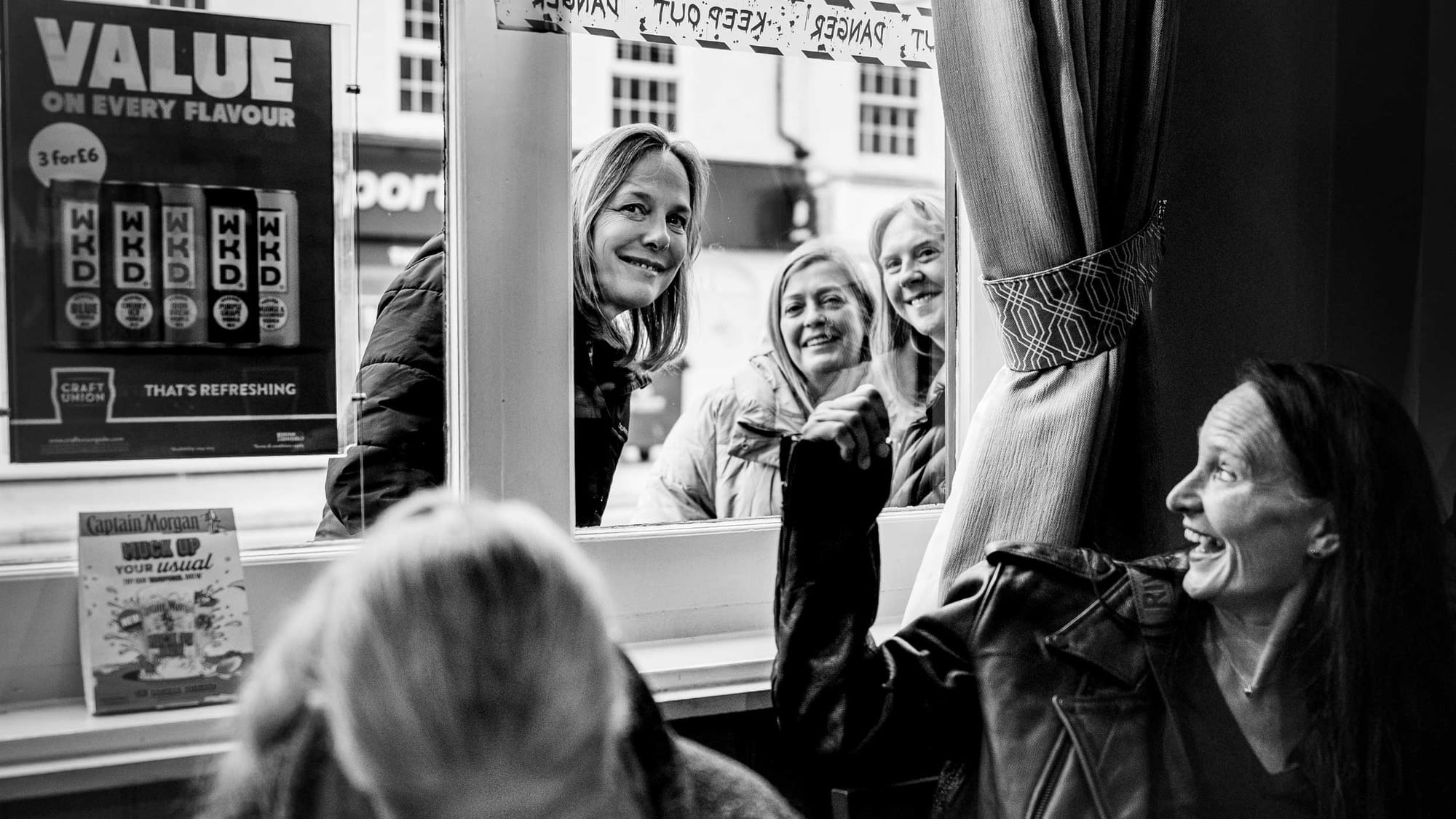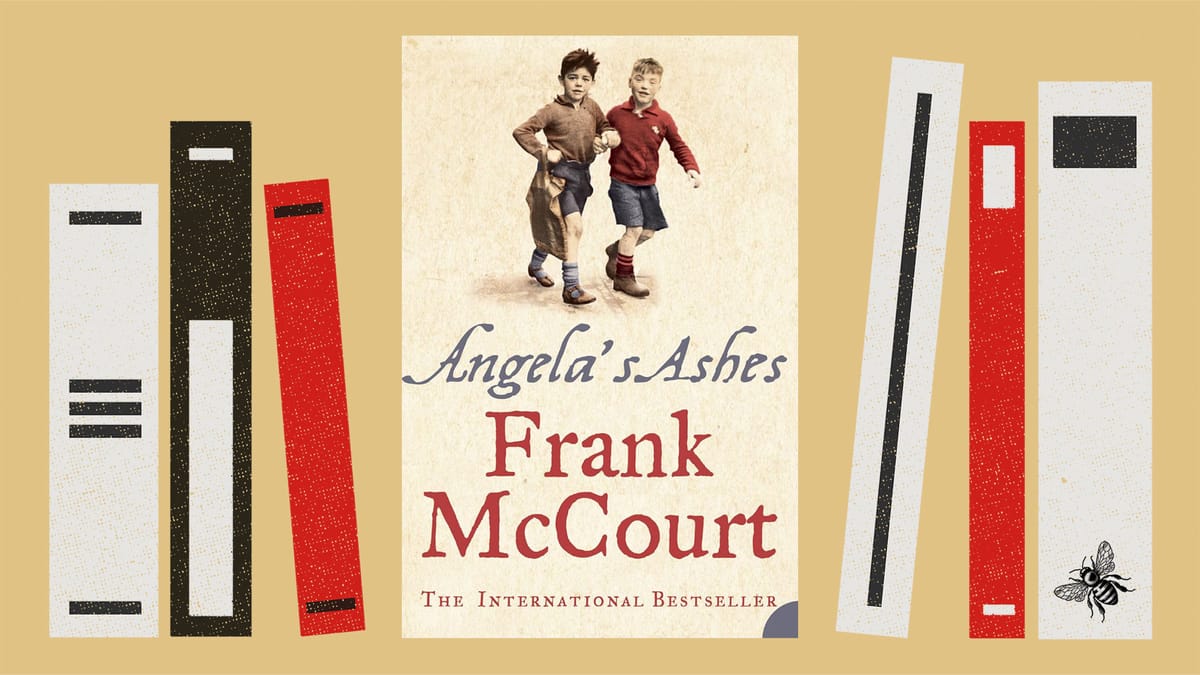In 2019, I used a chapter in Kit de Waal’s Common People: An Anthology of Working Class Writers to demonstrate the class crisis in the publishing industry. The launch of the Bee is a chance to reflect on what might have changed in the last five years.
Since 2019, we’ve seen a huge range of research sounding the alarm about diversity in publishing generally, with specific research focused on social class. Sadly, little seems to have changed in the data on workforce demographics. This depressing story of continuity in the class crisis is despite high-profile discussions and interventions grappling with class in publishing.
This essay offers an overview of how class gets measured in official statistics, what the limits of that measurement might be, and how this applies to publishing. It then looks at how middle-class dominance of key occupations in publishing has been consistent since 2014, and highlights research that has identified the reasons for this dominance. Finally it flags the question of what publishing loses when working-class origin people are missing from the industry.
What is class?
Class, to paraphrase Raymond Williams, is one of the two or three most complicated words in the English language. On the one hand, class is quite a technical term, based on the jobs people do. On the other, it forms a crucial part of the sense of identity many people in Britain hold as part of their everyday lives, as well as their cultural expressions.
This short discussion will try to introduce the “technical” and the “identity” ways of thinking about class. It is important to understand both ways of thinking about class together. When taken together, identities and technical measurements help us to show how occupations such as publishing are highly socially exclusive, and begin to explain why this is the case.

The technical use of class is about understanding how economy and society are organised. Another way of thinking about how economy and society are organised is to ask how they are structured. This is where technical understandings of class come in. The most widespread and best known of these is the National Statistics Socio-economic Classification (NS-SEC).
Measuring class
The NS-SEC clusters occupations together into eight groups, from 1 (higher managerial and professional, which includes doctors, CEOs and lawyers) to 7 (routine occupations such as bar staff, care workers and cleaners), with 8 covering those who have never worked and the long-term unemployed.
The NS-SEC groups are based on the way that jobs in each group have similar characteristics. For example, for the professional and managerial jobs, this is the terms of the employment contracts, the pay, the amount of autonomy or control employees have in their workplace, and the careers they are part of.
The NS-SEC gives a clear definition of class, which is based on employment and occupation. It allows us to map jobs onto categories of middle and working class that are the terms people use in everyday discussions of class. As well as giving a clear definition of class, the NS-SEC means we can be clear about class-based forms of inequality. We can see, through this technical approach to class, how workers in different occupations have differing characteristics.
Origins, destinations and identity
So far, this discussion probably seems very dry, particularly for a subject as emotive as class. Moreover, it is especially dry if class is a crucial part of social inequality, another importantly emotive subject. So, we need to think about the other way people understand class, which is as part of their identity.
Social surveys often show a big gap between the numbers of people who would be classified as working class, because their occupation is in the NS-SEC categories 6-7, and those who describe themselves as working class. Part of this self-description is about describing the feeling of being ordinary, just like everybody else. It is also a self-description that tells us about people’s class origins.

People’s class origins, in technical terms, are about what their parent or parents’ occupation was when they were growing up. This tells us a great deal about their class origin when we’re thinking about the big picture of who is from which occupational, NS-SEC, starting point. In turn, we know there is a relationship between parental profession and other social resources, such as family wealth or attendance at particular schools and universities. There are also other social patterns associated with occupation and parental occupation, such as forms of cultural participation and consumption.
As with class, occupational understandings of social origin only take us so far in understanding people’s lived experiences and their own sense of identity. Counting the numbers of people with parents who are doctors, compared to the number with parents who are cleaners, can tell us about the patterns of class in society. This type of information, along with understanding the differences or similarities between people’s origins and their occupational destinations, has been the central concern for research on social mobility.
At the same time, and much as with class, social mobility has a broader meaning in public and politicians’ languages, which asks whether society is fair? What are the chances of people making it into prestigious jobs? Or is success solely based on what your parents did for a living, where you went to school or university, and who your contacts are?
It is useful to remember that the answers to these questions are not solely about class either. Class intersects with other big social categories, such as gender or ethnicity. Disability and sexuality are also important, as is immigration. Intersectional understandings are most crucial when we ask if specific groups are under- or over- represented in the workforce. This may then help to explain why specific voices and stories are absent from page, stage and screen.
Class origins are a particularly difficult subject for researchers because many people’s self-descriptions are subtly different from how their parental occupational origins might be classified. This is made even more complicated by how people self-describe their class identity in the context of their jobs, their occupational destinations.
The class crisis in publishing
In publishing the core sets of occupations are classified as being professional and managerial jobs. This means they are middle-class occupations, middle-class destinations for the people working in them. This classification is irrespective of individuals’ social origins and the sometimes low pay and bad working conditions they may encounter in publishing.
The fact that publishing is counted as a middle-class occupation might go some way toward explaining why we hear so many horror stories of people feeling excluded; of people feeling like they don’t quite fit with organisational or occupational cultures; and why the statistics on the class origins of people working in publishing are so alarming.

Publishing has a serious class problem. It is one of the most socially exclusive of all creative industries. In 2014, which was the first year class-origin data was available from the Office for National Statistics’ Labour Force Survey, almost half (47%) of all authors, writers and translators in the British workforce were from the most privileged social starting points (NS-SEC 1), contrasted to only 10% of those with parents from working-class origins (NS-SEC 6-8). For publishing as a whole, including occupations such as editors and journalists, the figures are still highly skewed towards those from middle-class starting points: 43% as opposed to 12%.
Since then, the Creative Industries Policy and Evidence Centre (PEC) has published several reports looking at class in the creative workforce. In 2021, this work included a specific case study on publishing, and the most recent data on key occupations in publishing was published in 2024.
The 2024 data shows a similar picture of middle-class origin dominance of publishing. Although there are year-on-year variations, since 2019 there has consistently been more than 60% proportions of middle-class origin people in publishing occupations. In the same period, working-class origin proportions have never been above 20%.
PEC’s 2021 report, Social mobility in the Creative Economy: Rebuilding and levelling up?, identified several reasons for these ongoing class inequalities. These start early in life, with access to the arts and cultural subjects and extracurricular activities clearly differentiated by social class. Access to university, for an industry where almost everyone has a degree, is a further barrier, given the close relationship between class and educational outcomes.
When people do try to enter publishing they encounter no- and low-pay positions, with internships in London a particular barrier for those without wealth and connections. In turn, as recent research on social mobility in publishing has shown, promotions and career success are shaped by class backgrounds. Even where those from working class origins get in, this is no guarantee of getting on.
Who gets on in publishing shapes the power over and control of the industry. Who makes the crucial decisions, such as commissioning; who gets given support and resources for marketing; and, crucially, what sort of control and creative freedom is offered are all shaped by these workforce demographics.
Class is not unique in this respect. Race and ethnicity, disability and gender are all important aspects of inequality in publishing. This is still the case even where the overall gender balance of the industry has more women, and where publishing makes an effort around better ethnic and racial diversity.
One of the things that comes from the statistics is the question of who is missing from these numbers? This is not just about percentages or ratios, as important as they may be for policy or organisational change. It is about the narrowness of the workforce that may have little or no lived experience outside of the white, middle-class origin male. It is about the impact of that on who is permitted to speak, who is allowed to take risks, and who is only offered a clichéd or inaccurate “gap in the market”. Finally, it is about the lived realities that are overlooked, assumed to be unimportant by commissioners, and never given a chance.
All donations go towards supporting the Bee’s mission to nurture, publish promote and pay for the best new working-class writing.









Comments